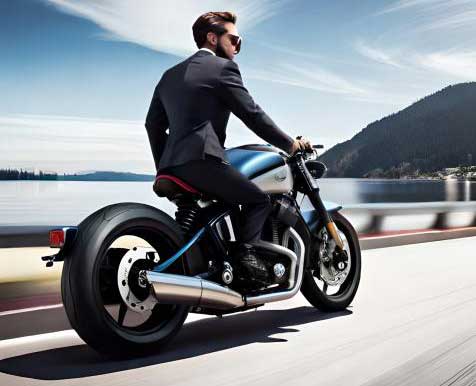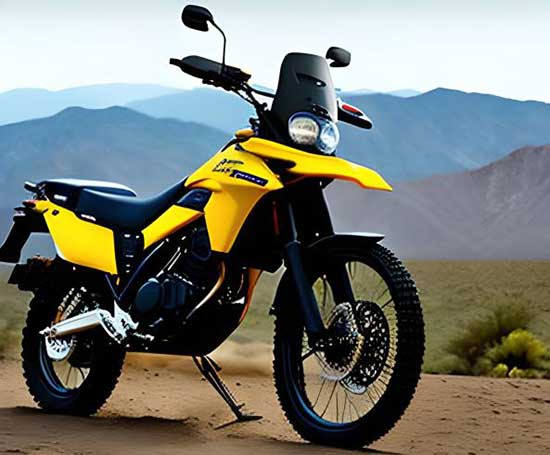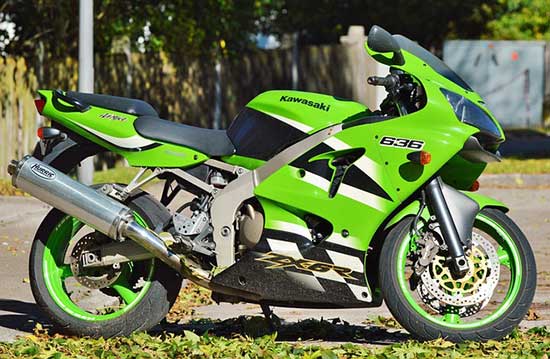If you’re in the market for a side-by-side utility vehicle, then you’ve probably come across the Kawasaki Mule and the Honda Pioneer.
Both vehicles are well-regarded by outdoor enthusiasts for their durability, off-road capabilities, and versatility.
Let’s take a closer look at these vehicles and compare their features, performance, and value.
Contents
Overview of Kawasaki Mule
The Kawasaki Mule is a series of vehicles designed for work, hunting, and outdoor recreational activities.
The Mule is available in several configurations, including 2-passenger, 4-passenger, and 6-passenger models.
The Mule is known for its toughness, reliable engine, and rugged design. Kawasaki has been producing Mules since 1988, and the company continues to innovate and improve upon the design.
Overview of Honda Pioneer
The Honda Pioneer is another popular side-by-side vehicle that has gained popularity over the years.
The Pioneer is known for its strength, versatility, and comfort. Honda launched the Pioneer in 2014, and the company has since released several models to suit different applications.
The Pioneer is also available in 2-passenger, 4-passenger, and 5-passenger versions.
Comparing Engine Power and Performance
Let’s start with the engines. The Kawasaki Mule is powered by a liquid-cooled, 4-stroke, 617cc engine that produces 23 horsepower and 34 lb-ft of torque.
The engine is paired with a continuously variable transmission (CVT) that provides smooth power delivery and quick acceleration.
The Mule is also equipped with a selectable 2WD/4WD system, which allows the driver to switch between two-wheel drive and four-wheel drive as needed.
The Honda Pioneer, on the other hand, is powered by a liquid-cooled, 4-stroke, 999cc engine that produces 67 horsepower and 50 lb-ft of torque.
The engine is paired with a semi-automatic transmission that allows for manual and automatic shifting modes.
Unlike the Mule, the Pioneer is equipped with a 4WD system that automatically engages when a slip is detected.
While the Pioneer’s bigger engine is more powerful, the Mule’s engine is still capable of delivering enough power to perform most tasks.
However, if you need more power for towing or hauling heavy loads, the Pioneer may be the better choice.
Off-Road Capabilities
When it comes to off-road capabilities, both vehicles are designed to tackle rugged terrain. The Mule features a tough ladder-type construction and a solid rear axle that provides excellent stability and durability.
The Mule also has a front/rear independent suspension that ensures a smooth ride on rough trails.
The Honda Pioneer, on the other hand, features a high-performance suspension system that offers excellent shock absorption and stability.
The Pioneer’s suspension system also features dual-rate springs, which provide a comfortable ride even in the roughest terrain.
Both vehicles have impressive ground clearance, making them capable of tackling steep hills and rocky terrain.
Additionally, the Pioneer has a wider track and longer wheelbase, which provides better stability during off-roading.
Utility Capabilities
When it comes to utility, the Kawasaki Mule has a cargo bed that can carry up to 1,000 lbs of payload.
The Mule also has a towing capacity of up to 1,500 lbs, making it suitable for hauling trailers, ATVs, and other heavy equipment.
The Mule is also available with several accessories, including a snowplow, a winch, and a cab enclosure.
The Honda Pioneer also has a robust cargo bed that can carry up to 1,000 lbs of payload. The Pioneer has a towing capacity of up to 2,000 lbs, which is higher than the Mule.
The Pioneer is also available with several accessories, including a roof, windshield, and rearview mirror.
Comfort and Convenience
When it comes to comfort, the Honda Pioneer has a spacious cabin that can accommodate up to five people.
The seats are comfortable and offer excellent support, and the cabin is equipped with plenty of storage compartments. The Pioneer also has power steering, which makes driving on rough terrain more comfortable.
The Kawasaki Mule, on the other hand, can accommodate up to six people, depending on the model.
The Mule’s seats are comfortable, and the cabin is equipped with several storage compartments. The Mule also has electric power steering, which provides better control and reduces driver fatigue.
Price and Value
Finally, let’s take a look at the price and value of these two vehicles. The Kawasaki Mule has a starting price of around $9,000 for the 2-passenger model, while the Honda Pioneer has a starting price of around $10,000 for the 2-passenger model.
The prices for both vehicles increase as you move up the trim levels and add accessories.
In terms of value, both vehicles offer excellent durability, reliability, and off-road capabilities. The Mule is a more affordable option with a more rugged design, while the Pioneer is more expensive but comes with a more powerful engine, better suspension, and more advanced features.
Summary
In summary, both the Kawasaki Mule and Honda Pioneer are excellent side-by-side utility vehicles that are ideal for outdoor activities.
The Mule is a more affordable option that offers great durability and reliability, while the Pioneer is a more powerful and advanced vehicle that comes with better suspension and features.
Ultimately, the choice between these two vehicles will depend on your needs, preferences, and budget.






